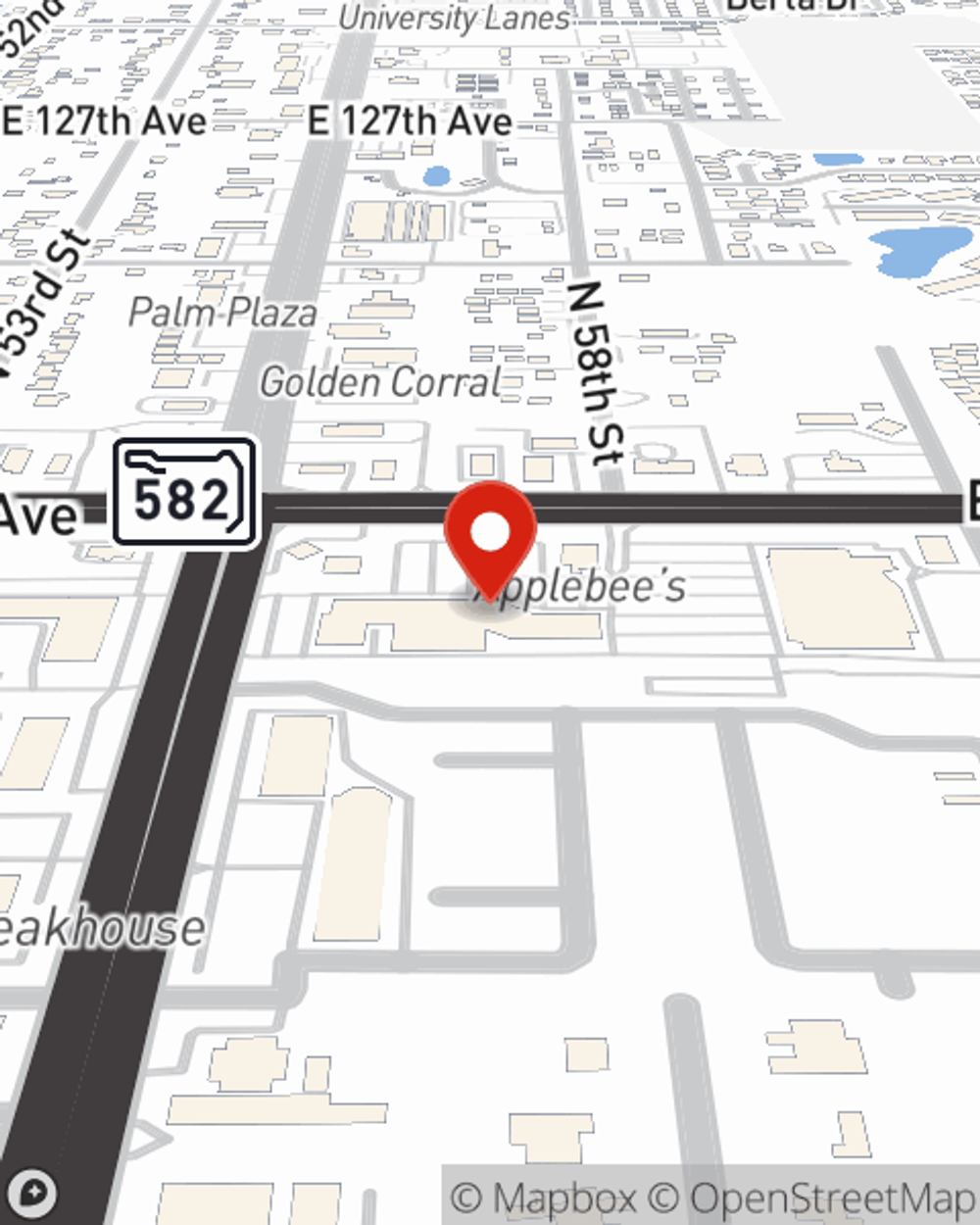Office Hours
After Hours by Appointment
Contact me to schedule a virtual meeting
Insurance Products Offered
Auto, Homeowners, Condo, Renters, Personal Articles, Business, Life, Health, Pet
Other Products
Banking, Investment Services, Annuities
Would you like to create a personalized quote?
Beau Blessing
Blessing Ins and Fin Scvs Inc
Office Hours
After Hours by Appointment
Address
Temple Terrace, FL 33617-2307
Office Hours
After Hours by Appointment
Contact me to schedule a virtual meeting
Insurance Products Offered
Auto, Homeowners, Condo, Renters, Personal Articles, Business, Life, Health, Pet
Other Products
Banking, Investment Services, Annuities
Would you like to create a personalized quote?
Office Info
Office Info
Office Hours
After Hours by Appointment
Contact me to schedule a virtual meeting
Location Details
- Parking: In front of building
-
Phone
(813) 825-2328
Languages
Insurance Products Offered
Auto, Homeowners, Condo, Renters, Personal Articles, Business, Life, Health, Pet
Other Products
Banking, Investment Services, Annuities
Office Info
Office Info
Office Hours
After Hours by Appointment
Contact me to schedule a virtual meeting
Location Details
- Parking: In front of building
-
Phone
(813) 825-2328
Languages
Simple Insights®
Credit score facts and myths

Credit score facts and myths
Think it’s impossible to improve credit scores? That’s just one of many credit score myths. Read on to learn about some common misconceptions.
Car maintenance tasks you can do yourself

Car maintenance tasks you can do yourself
To combat auto repair costs that keep climbing, some auto maintenance can be done at home. Here are ones that are usually do-it-yourself.
Driving distractions and how to avoid them

Driving distractions and how to avoid them
Driving distractions endanger drivers, passengers and pedestrians. Here are common driving distractions and tips on how you can help avoid them.
Social Media
Viewing team member 1 of 6
Irene Days
License #G193997
Viewing team member 2 of 6

Cameron Fischer
Account Manager
License #G240464
Viewing team member 3 of 6

Cheyenne Allen
Customer Service Representative
License #G257935
Viewing team member 4 of 6
Tonya Wyatte
License #W280586
Viewing team member 5 of 6
Caden Vines
License #G266913
Viewing team member 6 of 6

Laura Ghezzi
Account Representative
License #G273181
Tampa, FL Full Time
Tampa, FL Full Time
Tampa, FL Full Time
Tampa, FL Full Time
Tampa, FL Full Time
Tampa, FL Part Time
Tampa, FL Full Time





